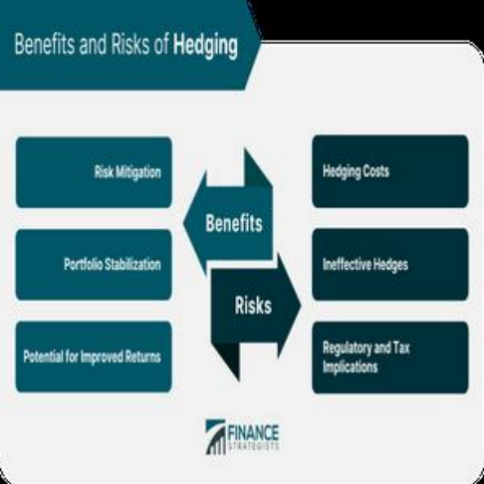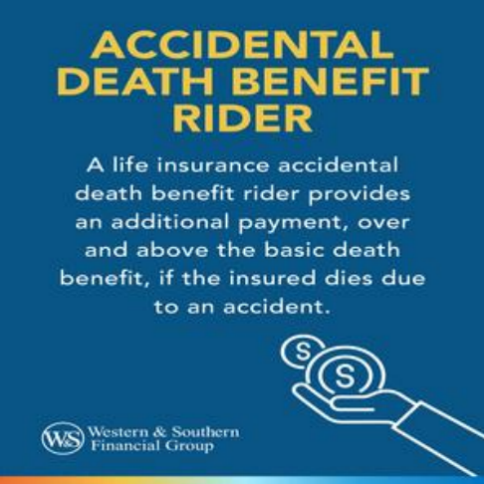Successful professionals who work in demanding 996 environments face a significant risk of sudden death, which highlights the need for smart and affordable protection. Although no method can completely remove risk, focused insurance plans and careful financial choices can provide a safety net for families without wasting money. The aim is not to overspend on unnecessary coverage but to use specific strategies that offer the best protection with the lowest expense.

Term Life: High-Leverage Core Protection
For 996 workers, term life insurance stands out as a key method for affordable risk management. Unlike permanent policies that include a savings element, term life is solely about providing protection. It offers coverage of up to a million dollars for only a small fraction of the price. Young professionals in their 20s and 30s—during the crucial 996 period—can find 20-year term policies ranging from \(2–5 million\) for as low as \(30–$80\) per month, allowing for remarkable financial leverage. These policies will pay out no matter the reason for death, including sudden heart issues due to overwork, which helps cover mortgages, everyday living expenses, and education costs for children in case of tragedy. Choosing level-premium terms allows you to secure low rates while navigating high-risk job stages.
Accident Insurance: Sudden Death Rider Precision
Standard accident insurance often does not cover natural causes, but now there are specialized options that offer "sudden death extensions," which are essential for situations involving overwork. These additional coverages protect against deaths caused by sudden heart attacks, brain hemorrhages, or rapid organ failures—issues that research has shown to be linked to excessive work. They typically add a small increase in premiums, usually around 10–15% more than basic plans. When searching for a policy, it is important to find one that clearly defines what is meant by “sudden” (generally considered to be within 6–24 hours after symptoms start) and has no strict exclusions related to work-related stress. For digital nomads or startup founders who work irregular hours, these riders provide essential coverage that fills the gaps between term life insurance and standard accident coverage with a cost that is generally quite low.

Health Monitoring: Prevention as Protection
Affordable preventive measures can lower both risks and insurance costs. Numerous insurance companies provide lower premiums for clients who use health monitors, and some even supply these devices at no charge. By consistently tracking heart rates, analyzing sleep patterns, and monitoring stress levels, potential health issues—like high blood pressure, irregular heartbeats, or persistent fatigue—can be detected early, enabling timely interventions. Executive health check-ups, which are often partially funded by high-deductible plans or included in premium insurance packages, help to identify hidden health risks that may lead to sudden death. This proactive strategy not only saves money in the long run but also allows healthier individuals to access better insurance rates, making prevention a smart financial choice.
Debt Alignment: Targeted Coverage for Obligations
The unexpected loss of a family member often leaves relatives facing overwhelming debt. However, thoughtful insurance planning can prevent over-insurance. Start by assessing your key financial obligations, such as mortgage debts, personal loans, or business liabilities, and make sure that your term life insurance is tailored to cover these specific needs, rather than just focusing on replacing income. This focused strategy helps avoid unnecessary costs while ensuring that critical debts do not become a burden. For instance, having a $1 million mortgage with a $1 million term policy dedicated to that debt means the house remains in the family. You can also add extra coverage for income needs. This careful planning keeps expenses manageable and reduces significant financial risks.

For 996 professionals, addressing the risk of sudden death doesn't equate to overspending; rather, it requires a strategic approach centered on high-impact protection, clear policy details, health-focused prevention, and coverage that aligns with specific debts. These affordable strategies can turn vulnerability into strength, ensuring that your hard work leads to building stable futures instead of financial instability.





